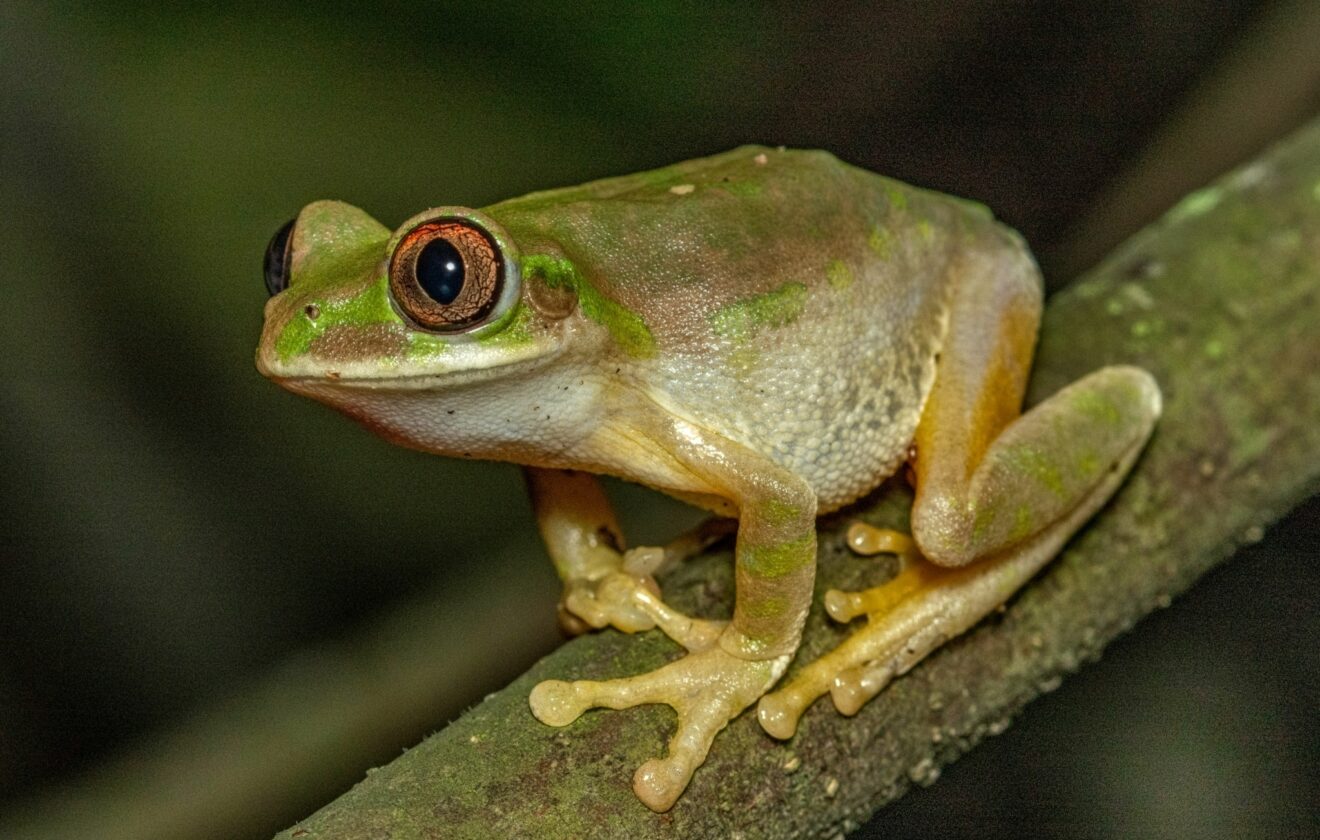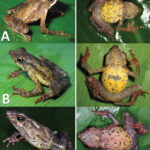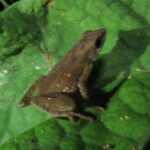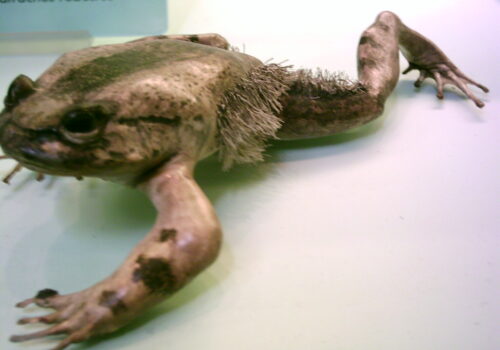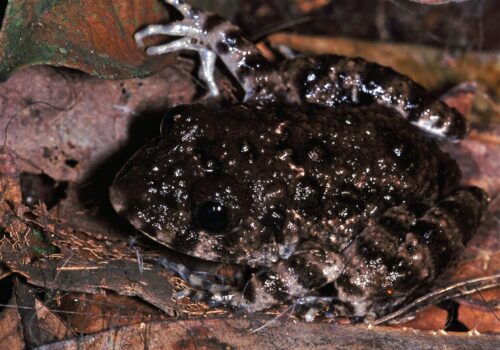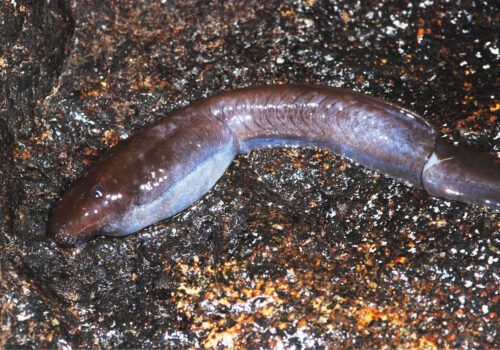Leptopelis natalensis: Exploring the Enchanting Forest Tree Frog of Southern Africa#
In the lush, moonlit forests of southern Africa, a symphony of evening sounds fills the humid air—a chorus led not by crickets or owls, but by a charismatic amphibian known scientifically as Leptopelis natalensis, more commonly called the Natal Forest Tree Frog. With a luminous gaze set in emerald eyes and a body decorated with nature’s meticulous artistry, this enigmatic frog embodies the hidden wonders abundant in subtropical forests. Beyond its mesmerizing appearance and melodic calls lies a fascinating story steeped in evolutionary insight, ecological significance, and a subtle yet crucial role in its habitat.
Though rarely capturing public attention compared to larger mammals or flashier birds, frogs like Leptopelis natalensis serve as vital indicators of ecosystem health. Through their nightly songs and delicate existence, these amphibians whisper subtle secrets about our environment, quietly urging efforts toward preservation and attention toward biodiversity’s smaller, yet no less enchanting players.
Taxonomy and Classification#
Leptopelis natalensis belongs to the family Arthroleptidae, known commonly as the squeaker frogs and rain frogs. Within this family sits the impressively diverse genus Leptopelis, comprising dozens of species distributed across the forests and savannahs of sub-Saharan Africa. Often characterized by large eyes adapted to nocturnal lifestyles, the members of this genus exhibit significant variability in coloration, behavior, and vocal patterns.
Among its closest kin within the genus, such as Leptopelis vermiculatus (the Big-eyed Tree Frog), the Natal Forest Tree Frog demonstrates unique adaptations suited to its specific geographic range. Scientists continue to study genetic relationships within Leptopelis, gaining insights that deepen understanding of amphibian divergence driven by habitat specialization.
Natural Habitat#
Geographic Range#
The native home of Leptopelis natalensis is notably small and specialized. This species inhabits subtropical and tropical moist lowland forests, extending from coastal KwaZulu-Natal province in South Africa northward along coastal regions into parts of Mozambique and Swaziland. These lush areas boast a perfect combination of high humidity, shaded canopies, and abundant rainfall, providing an ideal microclimate for this intriguing amphibian.
Preferred Habitats and Ecological Niche#
While a skilled climber frequently occupying the branches and broad leaves in forest canopies, the Natal Forest Tree Frog does not limit itself solely to arboreal life. During breeding seasons, it descends closer to freshwater streams, shallow pools, or temporary ponds established after heavy rains to breed, lay eggs, and ensure offspring survival. The species’ adaptability in utilizing both terrestrial patches near water bodies and vertical forest layers underscores its complex ecological significance.
This versatility allows it to exploit diverse sources of food, shelter, and warmth. Among dense foliage and damp littered forest floors, the frog’s nightly adventures shape its intricate web of ecological interactions.
Physical Characteristics#
Even an accidental glimpse of a Natal Forest Tree Frog amid leafy camouflage leaves observers captivated. Adults typically measure between 35 and 55 millimeters, making this species moderately sized compared to its amphibian relatives. Yet, size becomes secondary next to their striking appearance. Their vivid colors vary greatly in tones of bright green, olive, or brown, marked with irregular darker blotches that perfectly replicate surrounding foliage textures.
However, the frog’s most distinctive trait perhaps lies in its enormous, expressive eyes. Proportionally large and prominently positioned, their eyes serve as nocturnal tools optimized for hunting in low-light conditions. A definite iris of jewel-like emerald or gold surrounds the balletic black pupils, reflecting moonlight to create an ethereal glow as they glide through their night-time domain.
Moreover, adhesive toe pads grace long limbs adapted superbly for life around slippery leaves and branches, enabling effortless climbing and swift, precise movements. Such evolutionary refinements speak eloquently to the natural selection pressures existing within forest canopies.
Behavior and Life Cycle#
Nocturnal Feeding Habits#
As daylight fades beneath canopies dense enough to muffle sunlight, Leptopelis natalensis steadily awakens. Navigating through twilight’s uncertainty, it emerges from hidden resting places beneath broad leaves or behind bark crevices to embark upon its nightly hunt. Its primary diet consists of a diverse array of insects—including moths, crickets, beetles, and flies—snatched midair or deftly plucked from leaf surfaces.
The frog’s acute vision and capability for rapid leaps render it an adept nocturnal predator, crucially maintaining balanced invertebrate populations within its delicate ecosystem.
The Art of Courtship and Breeding#
As rains replenish forest wetlands typically between October and February, the comforting nocturnal forest sounds shift toward a new phase, punctuated by calls that signify amphibian romance. Male Natal Forest Tree Frogs form vocal choruses near available water bodies, their resonant croaks and clicks echoing with purposeful urgency, alluring mates with richly layered vocalizations. Each male frog maintains its perch, vocalizing assertively to claim favorable mating territories and catch the perceptive ears of receptive female frogs.
After mating, females meticulously deposit gelatinous clusters of eggs, typically attaching egg masses onto submerged vegetation or laying them along the edges of slow-moving streams and pools to ensure survival in nurturing aquatic nurseries. Tadpoles, significantly different from their adult counterparts with specialized aquatic adaptations, hatch several days later and diligently shift through algal growth and decaying plant matter, contributing to nutrient cycling within their habitats.
Ecological Role#
Within their forest ecosystems, Natal Forest Tree Frogs fulfill several vital roles. They significantly manage insect populations, curbing potential ecological imbalance. Furthermore, their eggs and tadpoles sustain a variety of aquatic life forms, while adults are themselves preyed upon by snakes, birds, and small mammals, effectively bridging terrestrial and aquatic food webs.
Most essentially, amphibians like Leptopelis natalensis act as barometers indicating environmental quality. Their permeable skin—and reliance on pristine moisture and microclimates—makes them exceptionally sensitive to habitat degradation, pollutants, or changes attributed to climate fluctuations, underscoring the delicate balance of subtropical forest ecosystems.
Threats and Conservation Status#
The International Union for Conservation of Nature (IUCN) currently classifies Leptopelis natalensis as “Least Concern” due to its relatively stable populations in undisturbed habitats. However, complacency remains perilous—human activities threaten subtropical forest habitats, causing potential declines and disrupting breeding areas. Forest fragmentation, degradation through agriculture and development, pesticide usage, and climatic instability impact both adult populations and vulnerable tadpole nurseries.
As weak currents and shaded pools become scarce in impacted regions, declines may become noticeable; thus vigilant conservation measures, habitat restoration projects, and educational awareness prove crucial in proactively safeguarding this species.
Cultural and Scientific Significance#
While scarce in folklore or traditional symbolism relative to more charismatic species, the Natal Forest Tree Frog remains momentously significant within scientific exploration and ecological understanding. Amphibians globally help scientists monitor climate changes, environmental toxins, and biodiversity patterns—lessons learned from the biology and life history Leptopelis natalensis offers are invaluable.
In recent ecological and toxicological studies conducted within their native range, researchers leverage their sensitivity to environmental pollutants as organic living detectors, informing local policy decisions and improved conservation practices.
Conclusion: A Gentle Call for Conservation#
The mesmerizing presence and subtle charm of Leptopelis natalensis remind us profoundly of nature’s hidden yet irreplaceable wonders. By understanding and appreciating such remarkable yet modestu amphibians, we cultivate deeper connections with ecosystems we often overlook.
Guarding the habitats sheltering these sensitive creatures promises far-reaching ecological benefits for countless species—including our own. Whether you are a passionate conservationist, curious student, or simply a lifelong lover of nature, engaging with the story of Leptopelis natalensis, and amphibians more broadly, invites an awareness and action essential to both local and global biodiversity.
Let each croak under moonlit forests echo gently, urging awareness, conservation action, and the protection of habitats invaluable to this unequivocally enchanting frog and, undoubtedly, us all.




